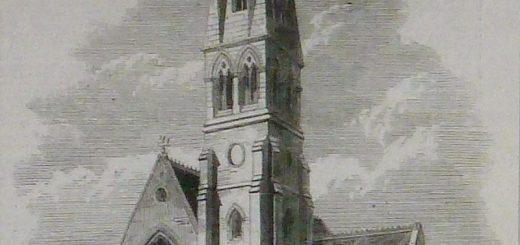Dean Castle
Dean Castle is a restored towerhouse and palace standing in a wooded valley – from which it derives its name – not far from the urban centre of Kilmarnock.
The towerhouse is the oldest part of the castle, built as a solid bulwark against attack during the turbulent 14th century. The walls of the tower are over 3 metres thick in some places, built to withstand a battering. The original door was accessed by a ladder capable of being withdrawn at the sign of any trouble.
 The castle was probably built by Thomas Boyd; the boyd family had been given lands in the area by Robert the Bruce for their brave and faithful dedication to the Scottish crown. The Boyd family continued to grow in power and influence. Alexander Boyd and his brother Robert became important advisers and guardians to the young King James III. This influence led to a rebellion by other Scottish nobles, and Alexander was beheaded in 1469. Robert managed to escape abroad and the castle remained in Boyd hands. The extensive palace, or Low tower, was built in this period of wealth and influence; designed with habitation rather than defence in mind.
The castle was probably built by Thomas Boyd; the boyd family had been given lands in the area by Robert the Bruce for their brave and faithful dedication to the Scottish crown. The Boyd family continued to grow in power and influence. Alexander Boyd and his brother Robert became important advisers and guardians to the young King James III. This influence led to a rebellion by other Scottish nobles, and Alexander was beheaded in 1469. Robert managed to escape abroad and the castle remained in Boyd hands. The extensive palace, or Low tower, was built in this period of wealth and influence; designed with habitation rather than defence in mind.
A Ghost of the Living
The legend of the castle dates to the period of the Jacobite rebellion in 1745. The 4th Earl was a staunch supporter of the Jacobite cause: he become both a colonel and privy councillor to Bonnie Prince Charlie. Many years before the rebellion some of his servants had witnessed the horrific apparition of the Earl’s severed head rolling around the floor in one of the castle rooms. The vision was taken, unsurprisingly, as an omen of doom for the Earl.
The Earl is said to have confided nature of the omen to the Earl of Galloway during the rebellion. At the bloody finale of the battle of Culloden, in 1746, the Earl was taken prisoner and later beheaded, bringing a grim conclusion to the prophecy. One interesting point is that the castle burned to the ground in 1735, so if the story is has any basis in fact the sighting must have been more than 11 years before the Earl’s death.
The castle houses an impressive collection of antique musical instruments and arms and armour from the Low Middle Ages to the Jacobean period, collected by Lord Howard De Walden. There are daily tours of the building during the afternoons, while the castle grounds are always open to the public.
Directions: Off the B7038, reached via the A77 or the A735.



Recent Comments